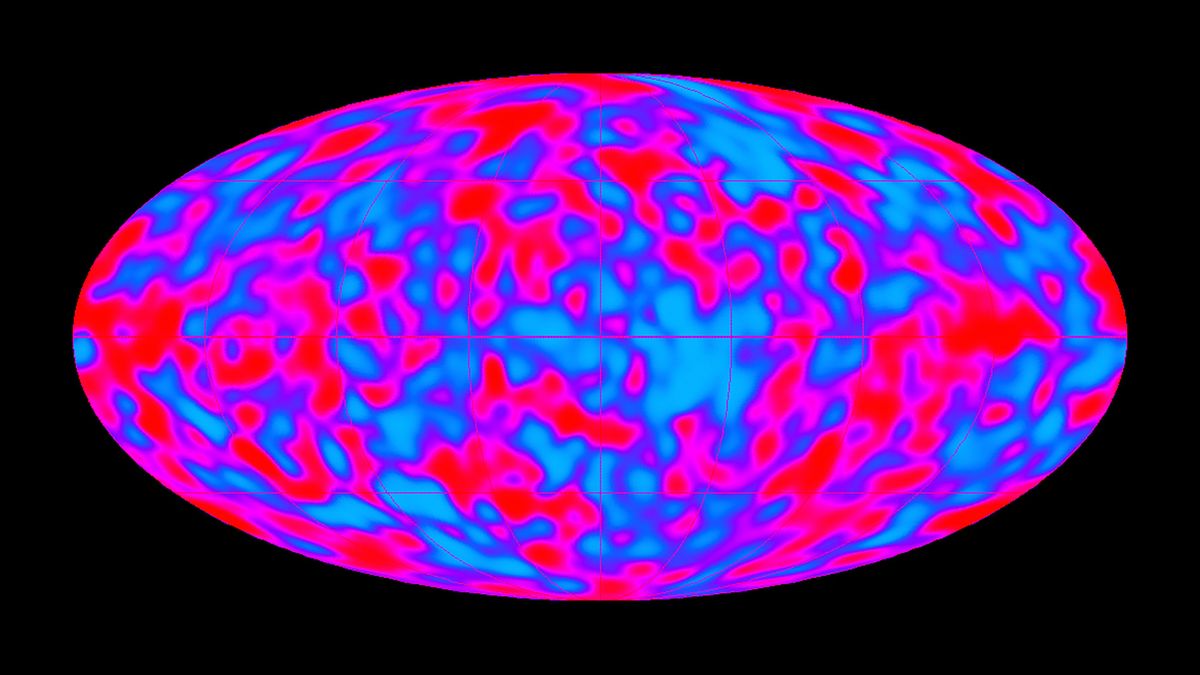Physicists might have found a glueball. This is not something you get by rubbing vinyl glue between your fingers. It is a curious interaction between the carriers of the strong nuclear force, called gluons – hence the name “glueball”.
Gluons carry the nuclear force between quarks, a force that is a lot weirder than the others. It doesn’t have only an attractive side like gravity or a positive and negative like electromagnetism. It is an interaction of three different charges that physicists in the 1960s called color. It is not really a color, but you will soon get the idea as to why it is called that.
Let’s take, for example, the proton: the particle that is found at the center of atomic nuclei. It is made of three quarks, and it doesn’t have a new charge from the strong nuclear force. So, the charge of the three quarks needs to cancel out. Each quark has a different color charge: blue, green, or red. Together, they cancel each other out, like how lights of those colors can create white light.
But there are also particles called mesons that are made of one quark and one antiquark. They too have no color, so it stands that there must exist an antiblue, antigreen, and antired. Gluons carry the strong nuclear force, and in a way, they are a mixture of colors. They do interact with quarks, but they can interact with other gluons as well. And this is where the physics gets interesting – the gluons can form a particle without the need for quarks.
The theory is there, but finding it is another question altogether. Enter the Beijing Spectrometer III (BES III), a particle collider great at forming a specific type of meson: the (J/psi) meson, also written J/ψ. It consists of a charm quark and charm antiquark and like all mesons, it is unstable and doesn’t last long. And in its decay, there’s fun stuff.
We have previously reported that researchers in the collaboration are believed to have found a rare combination of a proton and an antiproton. From studying over 10 billion J/ψ decaying, researchers are also confident to have found a new particle dubbed X(2370).
The number in the bracket represents its mass in megaelectronvolts over the speed of light squared. You get a lot of decimal points if you measure a particle’s mass in grams or ounces. But 2370 was only the first estimate. The latest work places the actual mass around 2395 MeV/c2 and there is a theoretical expectation that a glueball should exist at that mass.
Now, the observations are indeed consistent with this fabled particle and the results are likely the strongest ever result in favor of the existence of glueballs. But it is not incontrovertible proof of a glueball. Another interaction between quarks and antiquarks might create this particle, and there also seems to be a few too many produced by the J/ψ decay. More work will be needed to prove or disprove the glueball nature of this particle.
The study is published in the journal Physical Review Letters.
[H/T: Big Think]

Dr. Thomas Hughes is a UK-based scientist and science communicator who makes complex topics accessible to readers. His articles explore breakthroughs in various scientific disciplines, from space exploration to cutting-edge research.








